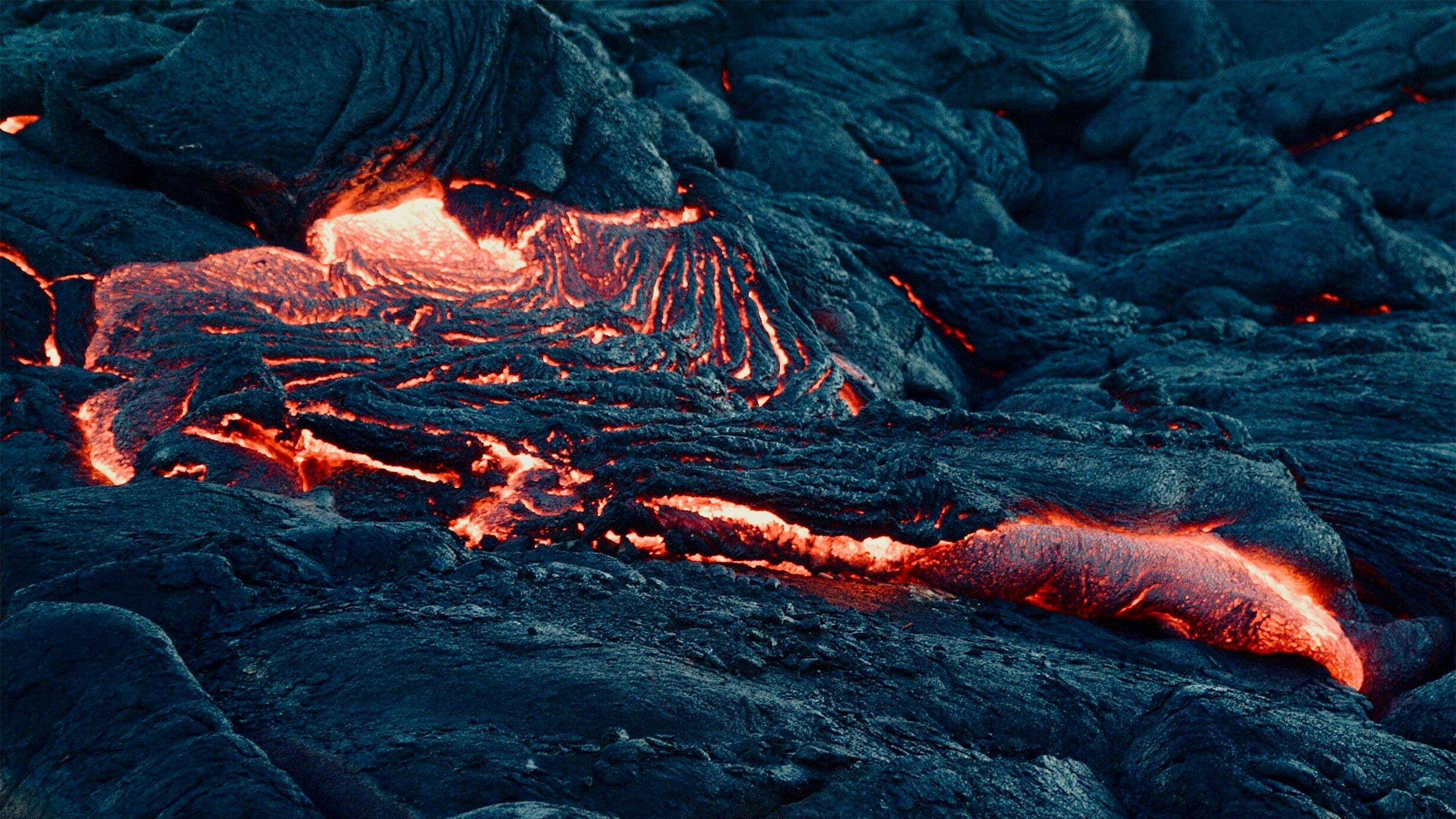 Brent Keane/Pexels
Brent Keane/Pexels Join us for a virtual talk with Sam Tramontano, a postdoctoral fellow in the Museum’s Department of Earth and Planetary Sciences.
Linking volcano monitoring signals to the mechanical behavior of magma is paramount for our understanding of the types, timings, and locations of igneous processes that initiate and sustain eruptions. It is a grand challenge to predict when eruptions end. To investigate systematic trends over the course of an eruption, Tramontano and her team visited the actively erupting 2021 Tajogaite eruption of Cumbre Vieja volcano, La Palma, Canary Islands. There, they bucket-sampled ash-fall over the duration of the months-long eruption. Laboratory work reveals that glass chemistry varies in congruence with seismicity, heralding the waning of magma supply. The results serve as evidence for the continued development of ash-fall chemical studies as a monitoring tool for future eruptions on La Palma, current activity in Iceland, and volcanoes around the world.